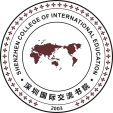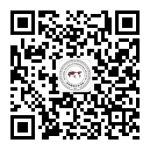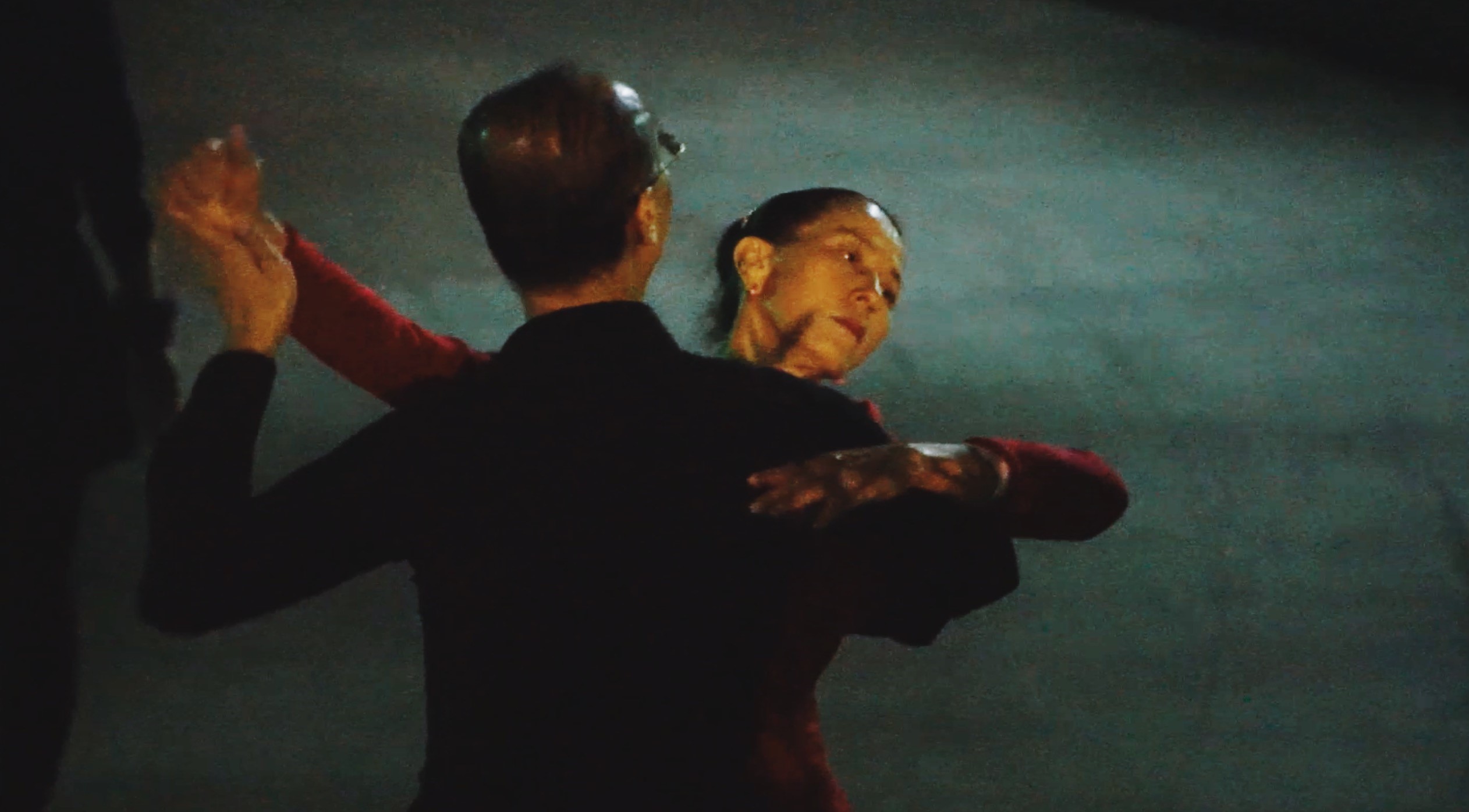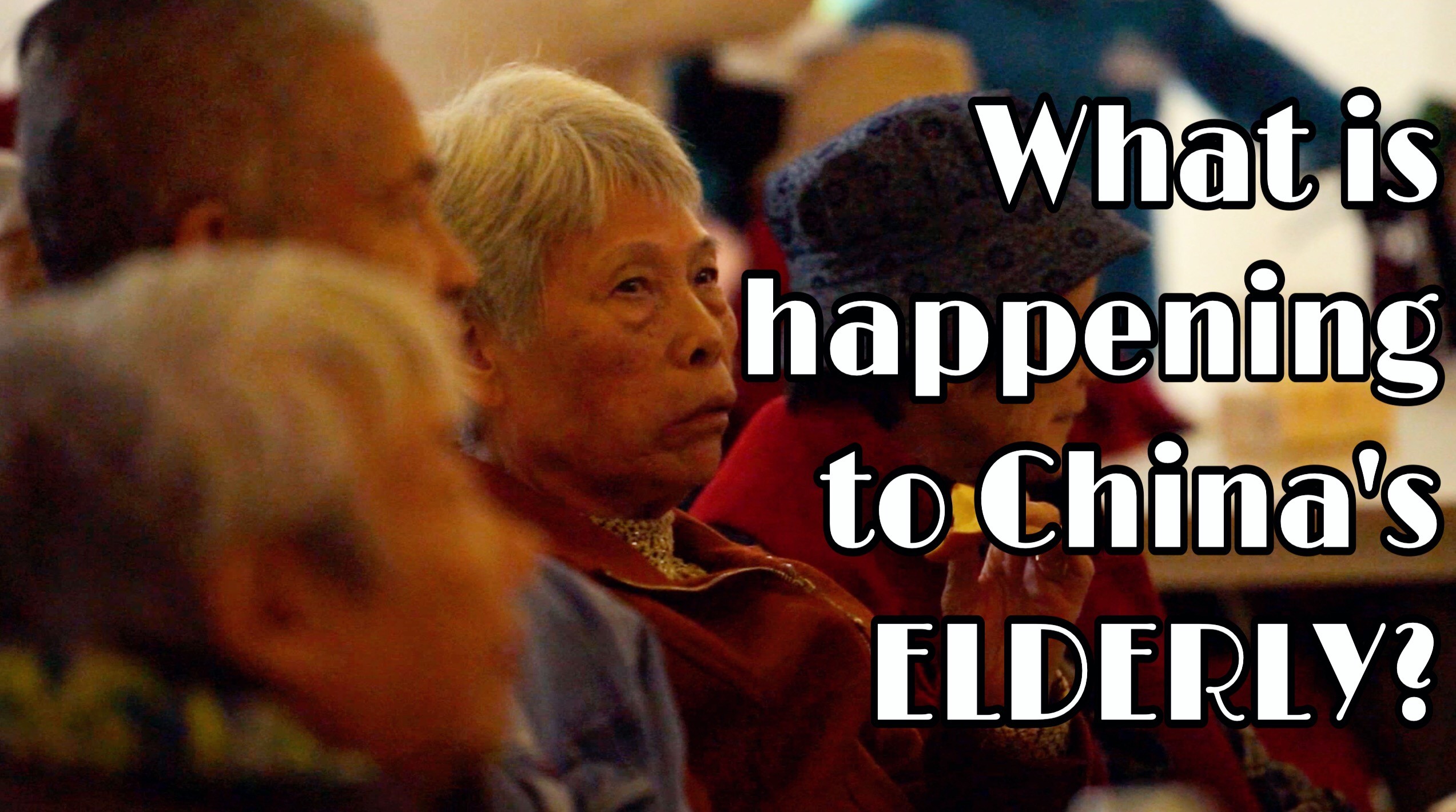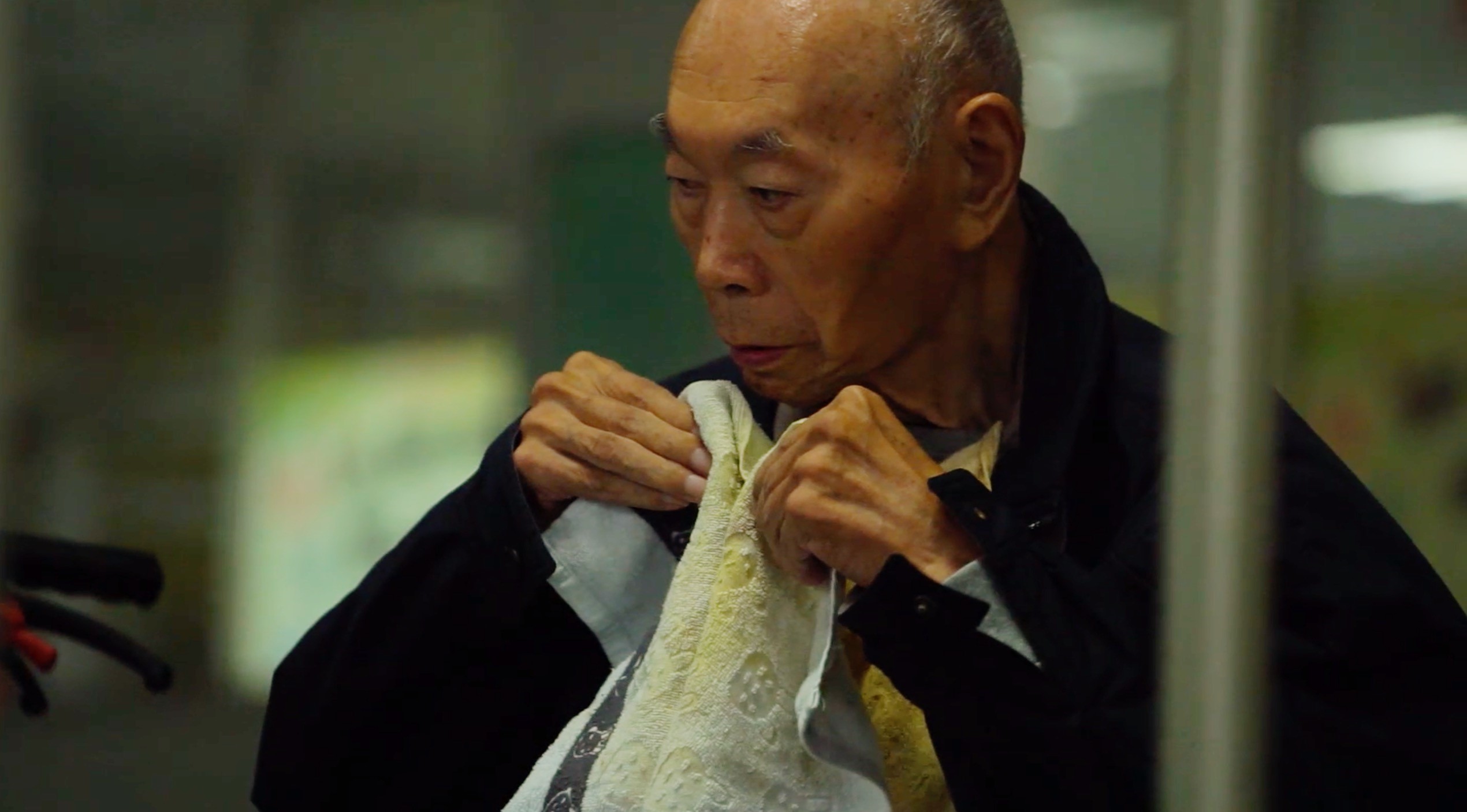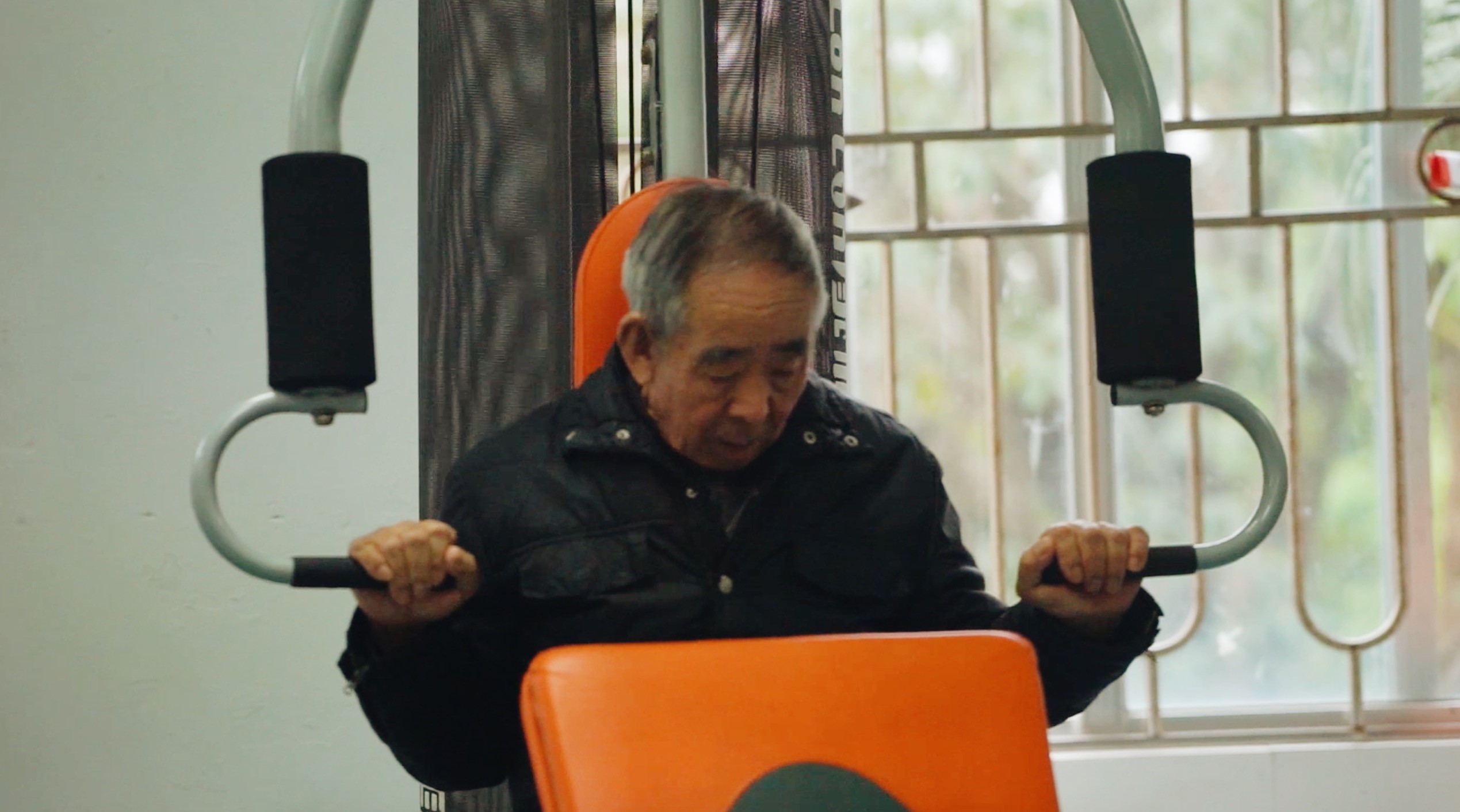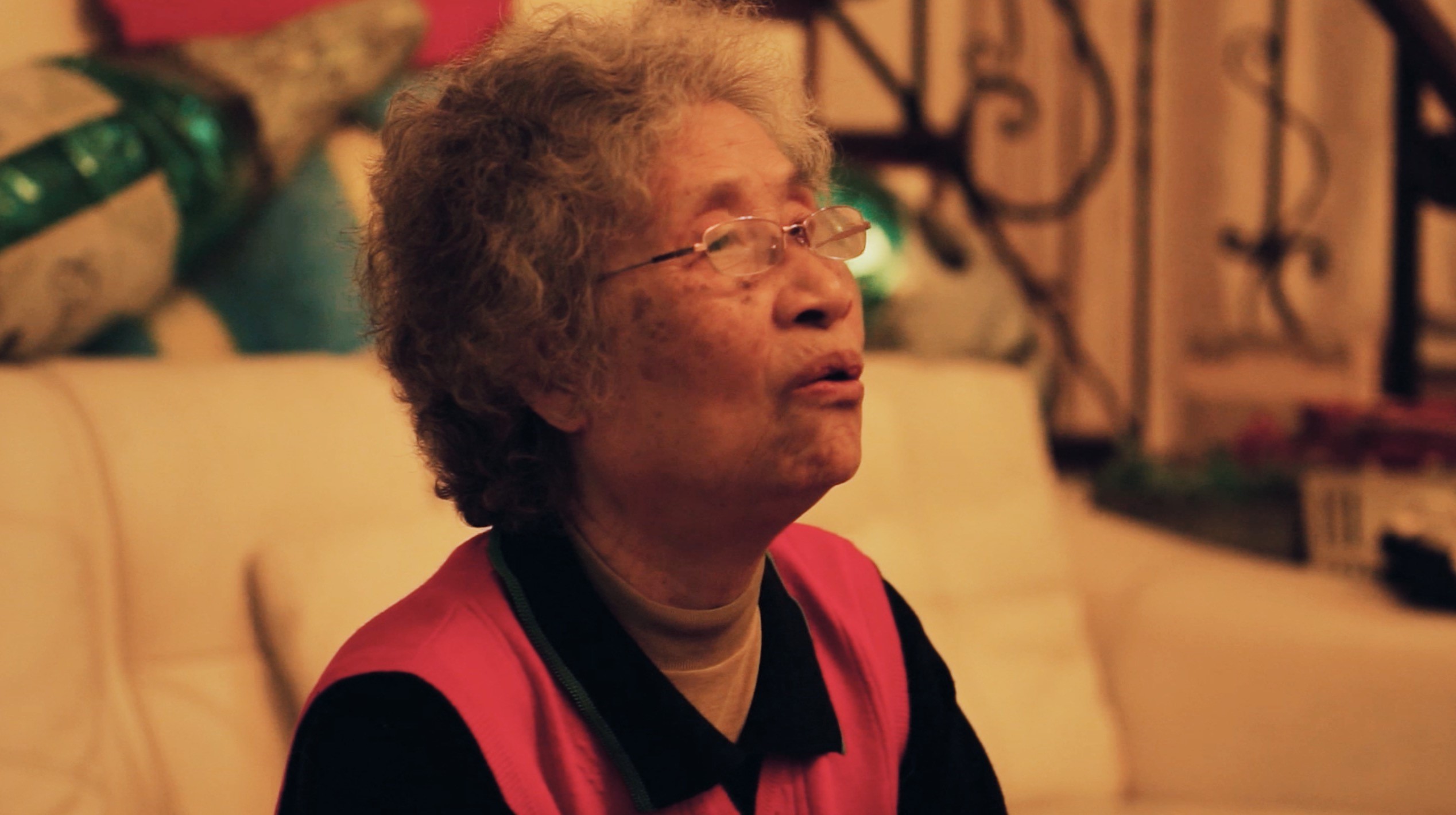In March of last year, when I was still a candidate sitting in the interview room of SCIE, my interviewer asked me a question: What do you think is science?
And in June this year, we explored the answer to this question together at the XSTREAM Science Fair held by our school.
After the final exams of G1, the school organized three days of science activities. In the theatre, teachers from Chemistry, Physics and Biology departments presented us with a mesmerizing visual feast. The chemistry teacher ignited a strip of magnesium that was sandwiched between two pieces of dry ice. In an instant, dazzling sparks bursted like pouring lava, and a swirling smoke reflected by the light of projector tears apart the darkness. The sparks gradually dimmed, turning into a tinge of orange, and finally disappeared into the dry ice.


The elephant toothpaste experiment conducted by the chemistry team was also impressive. Three teachers placed some soda bottles on the table and skillfully poured various materials into them. At that time, I was in a daze, perhaps thinking about what to have for lunch. Then I glanced and saw three foams of different colours shooting up into the sky. Everyone unconsciously looked up, and their eyes were fixed on the foam. The foams settled quietly on the table after reaction, and some fell from the edge. It was as if clouds from the sky had descended to the land.
The biology teacher brought pig lungs and hearts onto the stage. The dissecting knife moved smoothly in his hand, gliding through tendons. We gazed up at the pulsating vitality of life as observers.


The Physics teacher vividly explained the transmission of electrons by inviting students to come on stage and experience it firsthand. The students connected with each other in different ways and postures, and in the boundless silence and darkness, a spark of electricity flashed, declaring the success of the experiment.
Time chased after the fleeting clouds, quietly slipping away. In the afternoon. distinctive showcases were already placed at the gymnasium and the theatre. This year’s project theme is water. Each group possessed unique skills: some embedded chips within their posters, so that it played music when scanned by a mobile phone. Some groups linked water with history and culture, creating a work that combined art with science. Excellent ideas and creativity converged on the board through ink and paper, displaying the brilliance of wisdom.


In our project, we divided art into five sections: music, painting, architecture, photography, and sculpture, and use the way of composition or collection and analysis of artworks to reflect the role and symbol of "water" in art. In our research, we found that in both domestic and foreign artworks, "water" mostly appears as a generous, inclusive but powerful symbol in various artworks, or helps artists to show expanse and harmony. Which echo with the traditional Chinese ideas of "the highest excellence is to be flexible, inclusive, and harmonious like water" and "overcoming rigidity with softness". At first, we didn't know how to show the beauty of music on a piece of display board, but in the discussion, the idea that someone had used a kind of technology that could play videos as soon as the mobile phone was close to a photo. So we decided to present our music in this way. For the use of NFC chip stickers, we hope to achieve the effect of scanning the sticker and playing the composition with everyone's mobile phones, but unfortunately, due to various factors, we can only play music with our team members' mobile phones.
Evelyn Zhang
The STEM Quiz on Tuesday afternoon was the highlight of this whole event. Water-related questions were presented in the form of Mario Games. By passing the ball, we determined the participants for each round of the quiz, which added a lot of fun and excitement. As the final round of the quiz was about to begin, the Head of Year encouraged us to invite some teachers to participate. Several teachers, including our principal, were invited onto the stage. The atmosphere became lively, bringing the STEM Quiz to a successful end.
The selection of the exhibition boards’ results was determined by the votes of students and teachers. Starting from Tuesday afternoon, the campus became hustle and bustle. The gym was filled with discussions as students meticulously explained their ideas and inspirations to the visiting teachers and parents.


In order to further illustrate the significance of this science fair, I conducted a brief interview with Ms. Leslie Zhang, the teacher who presented the physics experiments to us.
When I looked at everyone’s posters and listened to their explanations, I noticed that the G1 students have terrific practical skills and many creative ideas. Additionally, their English communication skills have improved significantly comparing with the beginning of the school year. As a presenter for Scintillating Science, I feel that having the opportunity to present on a larger stage to more audience is better than just teaching in the classroom, where facilities and the number of students are limited. Holding a larger-scale lecture allows us to add more extensions to our regular small experiments.
Miss Leslie
Time has elapsed, and the answer for my interview has faded from my memory. However, I believe that science should be the most fundamental law in the entire universe, where particles gather and form everything, containing the romantic philosophy of how things operate. It is hidden within everything, with plants reflecting distant sunlight, leaving light and shadows that flow gracefully, singing of the ever-changing nature of billions of years.
- Article / Elma Deng
- Pictures / Admissions
